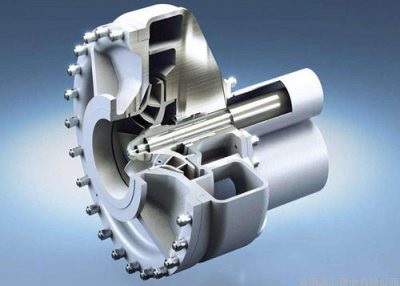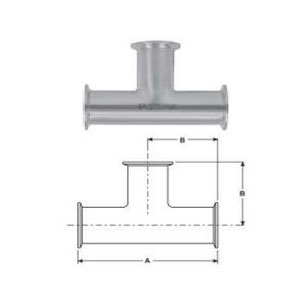How to Prolong the Service Life of Sanitary Fittings?

Sanitary fittings are used in places with high sanitary requirements and are widely used in the pharmaceutical industry. Generally, sanitary fittings show their advantages in high pressure, high strength, and mechanical structure materials, which is the steel tube that can resist the corrosion of weak corrosive media such as air, steam, and water and the chemical corrosive medium such as acid, alkali, and salt.
It is understood that there are three main processing methods of sanitary fittings: dust forging method, roller method, and stamping method. Forging is the process of drawing out a part of a pipe so that the outside diameter can be reduced.
Roller refers to the processing method that putting the stainless steel pipe on the inner core, and the external can be pushed with a rolled edge. If the sanitary fittings are processed by the stamping method, the tapered core can be expanded in the punch to reach the required size and shape. The deformation of fittings occasionally occurs in the process of using sanitary fittings.
According to the experts of our research team, there are many reasons for the deformation of sanitary fittings, such as the quality of raw materials, process equipment, mold, operation process, and so on.
At present, the major quality problems of injection water supply and drainage fittings in domestic and foreign markets are the poor stability of matching size, silver thread on the inner wall, internal stress cracking, uneven wall thickness, hole loss of circle, difficult butt joint of fittings, small butt welding overlap area, and easy leakage, etc.
For pharmaceutical safety, all sanitary fittings should be used and maintained in accordance with correct and reasonable methods to extend the service life. Relevant experts suggest that users need to pay attention to the maintenance of sanitary fittings from the following three aspects.
First, the sanitary ball valve, sanitary globe valve, and sanitary gate valve can only be fully opened or fully closed when in use, and cannot be used to adjust the flow rate, so as to avoid the sealing surface being washed and thus accelerating the wear. The gate valve and upper thread globe valve are equipped with the reverse sealing device, and the handwheel can be screwed up to prevent the leakage of media from the packing.
Second, long-term storage of sanitary fittings should be inspected regularly. The exposed processing surface shall be kept clean to remove dirt. It shall be stored neatly in a dry and ventilated place indoors. Piling or open storage is strictly prohibited. The operator should always keep the fittings dry and ventilated, keep the holder clean and tidy, and store it in an accurate way.
Third, the sanitary fitting can be directly installed on the pipeline according to the connection mode and the use position. In general, it can be installed in any position of the pipeline, but it needs to be easy to operate inspection. Pay attention to the cut-off flow of stainless steel elbow media, it should be the longitudinal disc below the upstream in normal circumstances, and the size of the stainless steel head can only be installed horizontally. Pay attention to the sealing of fittings during installation to prevent leakage and affect the normal operation of fittings.
Sanitary fittings are of high strength and generally use a kind of crystal related to the ceramic material, with a small radius and high ion configuration. As measured by the material and the compressive strength of the mold, the brittleness of the ceramic itself can be limited, and its limitation also reflects the variation in different ranges. The development of ceramic technology in line with materials and technology has greatly improved the toughness of sanitary fittings.





